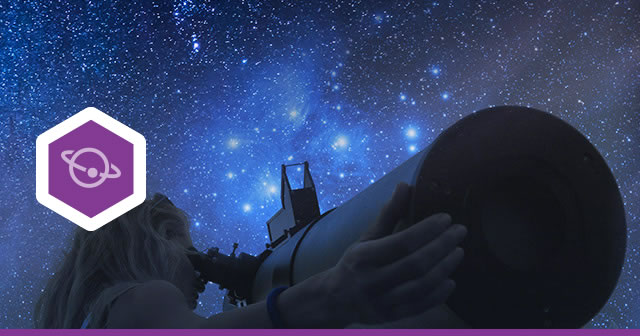
On July 4, 2016, a long-anticipated milestone was reached: the Juno spacecraft arrived at Jupiter. Its goal: revealing the giant planet’s secrets – and, in turn, those of our solar system. The journey took almost five years, 1.7 billion miles, and the contributions of scientists from some of the world’s most prestigious institutions, including the Weizmann Institute. The Institute’s deep bench of brilliant young astrophysicists is putting Israel on the map – both on Earth and in space – thanks to their work on significant high-profile, high-tech projects like Juno.
Headed by NASA’s Jet Propulsion Laboratory, Juno’s mission is to “improve our understanding of the solar system’s beginnings by revealing the origin and evolution of Jupiter.” (Learn more at NASA’s Juno website.)
By learning about the mysterious weather on the giant planet – including the massive, ancient storm known as the Great Red Spot – and revealing Jupiter’s structure via magnetic and gravitational measurements, the international consortium of scientists hopes to understand how our corner of the universe was formed.
Weizmann’s Dr. Yohai Kaspi has been a scientist on the Juno mission from the beginning – almost a decade – developing, as he says, means to “peer for the first time beneath the thick cloud layer.” How deep are these clouds? Does Jupiter have a solid core? These are just some of the many questions he and the team aim to resolve.
Dr. Kaspi has been waiting for a very long time to reach Jupiter. As a seven-year-old, he was fascinated and thrilled when the Voyager spacecraft made history by passing the giant planet. “There wasn't any internet at that time,” he told Ynetnews.com, “and there wasn’t any way to actually see it happening.” Now he has watched live as Juno reached its destination – and he helped make it happen. “Being a part of this enormous project from its inception has been the realization of a dream for me.”
His interest in Jupiter continues past the Juno mission. Dr. Kaspi is part of a Weizmann Institute team helping develop a super-sensitive atomic clock that will be on the European Space Agency’s JUICE mission, for which he also serves as Israel’s lead investigator. “This is the first time that an Israeli-built device will be carried beyond the Earth’s orbit,” he says. The mission will study whether there are liquid oceans under the hard crusts of Jupiter’s icy moons … and whether they might even harbor life. However, being a scientist on space missions requires a great deal of patience: the JUICE mission is scheduled to launch in 2022 and reach Jupiter by 2030. We know that Dr. Kaspi and the rest of the Weizmann Institute team will be watching – as will we.
